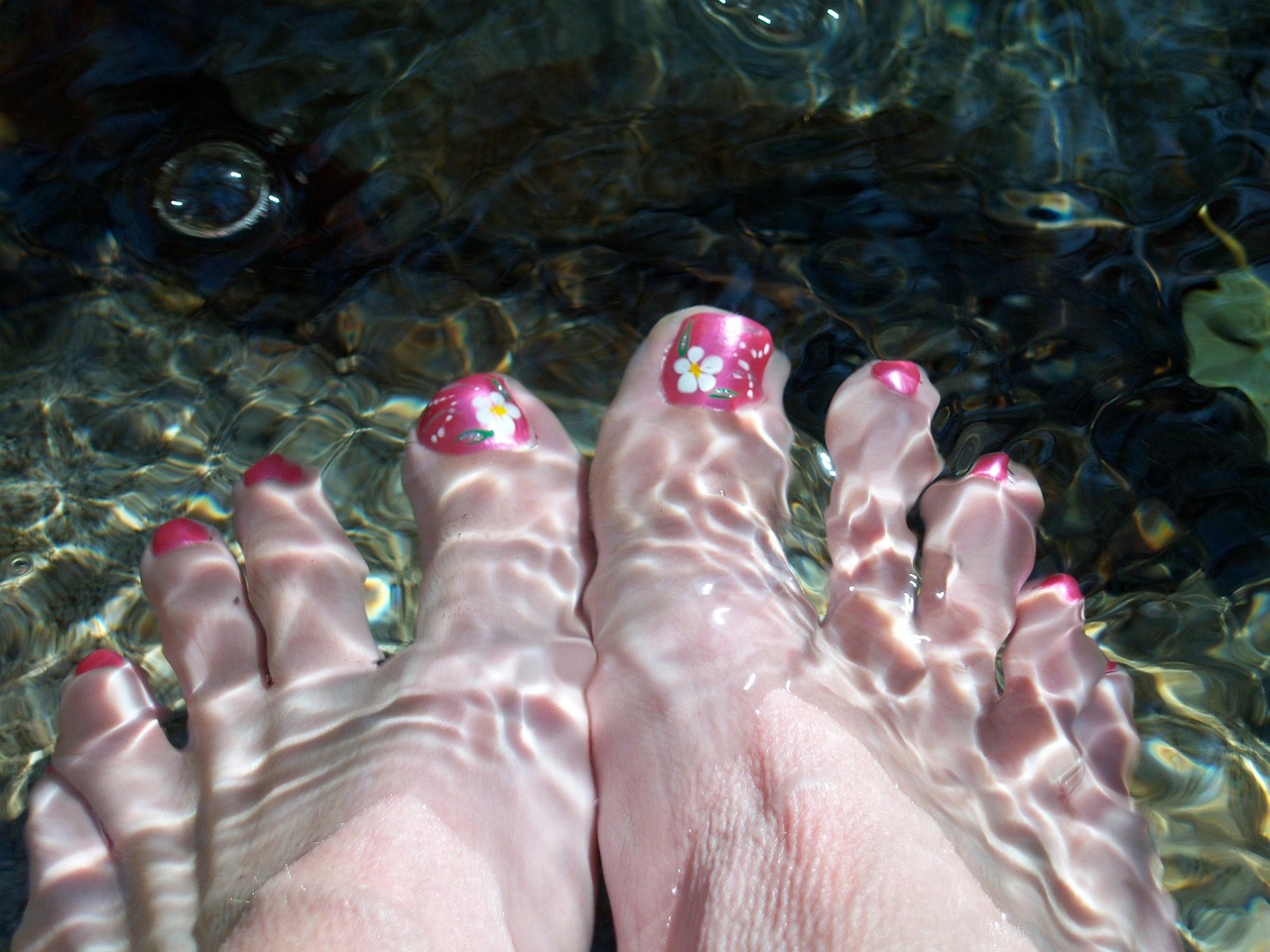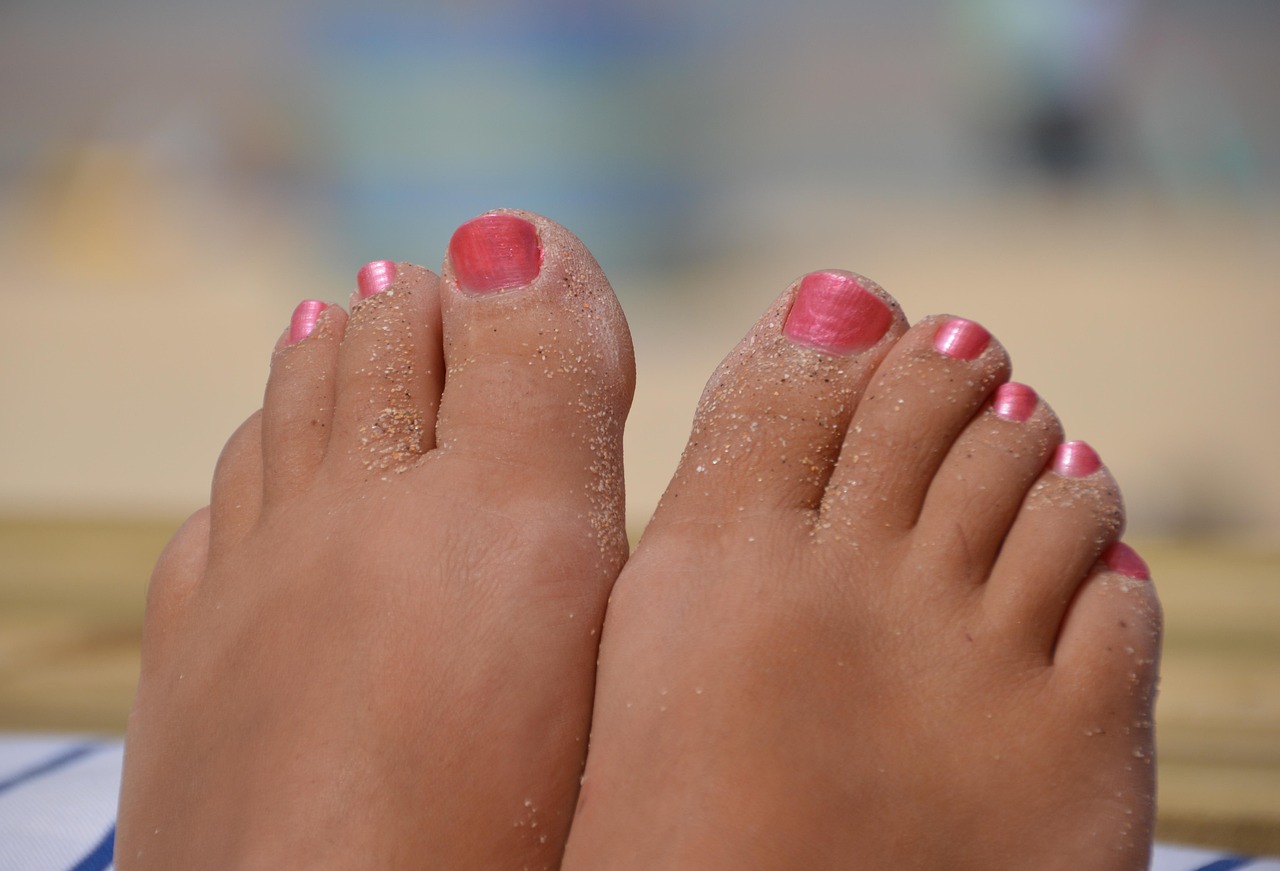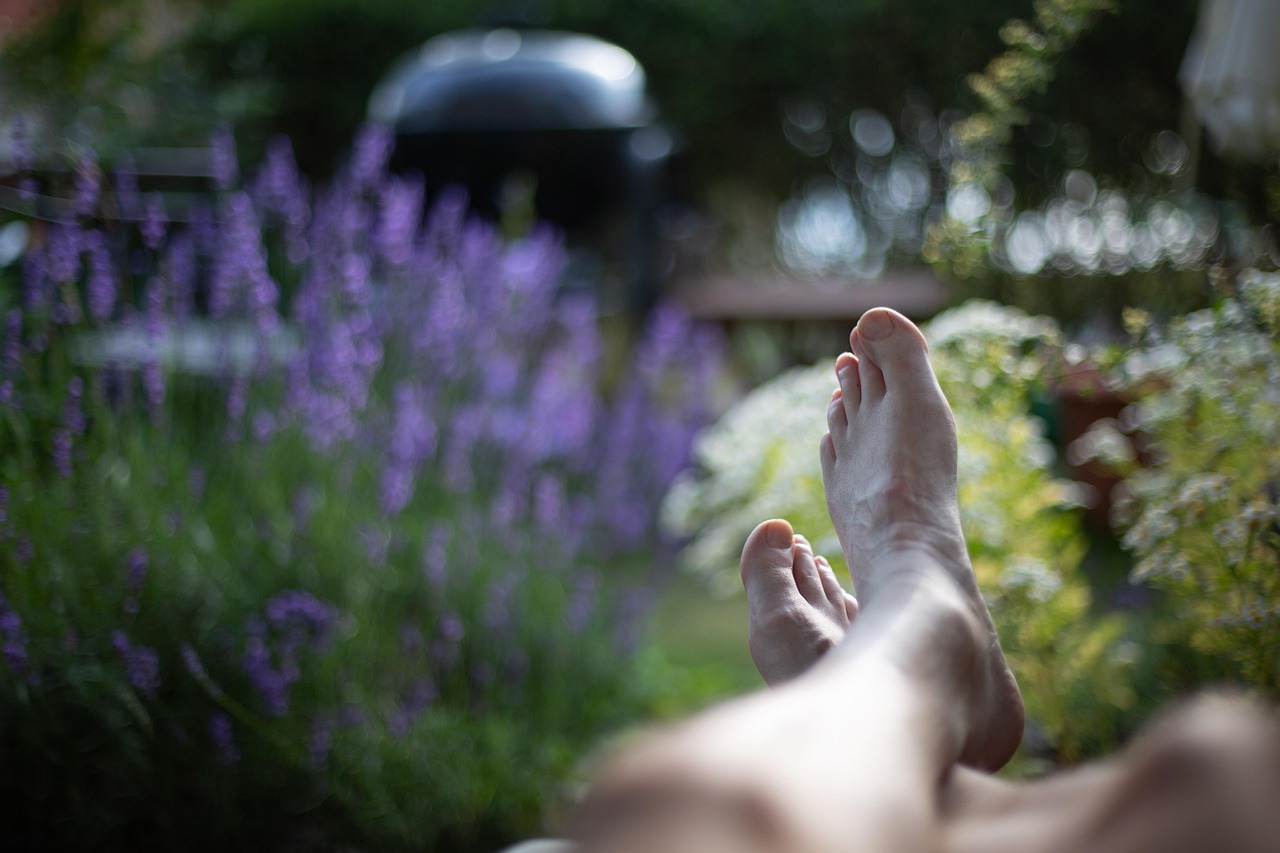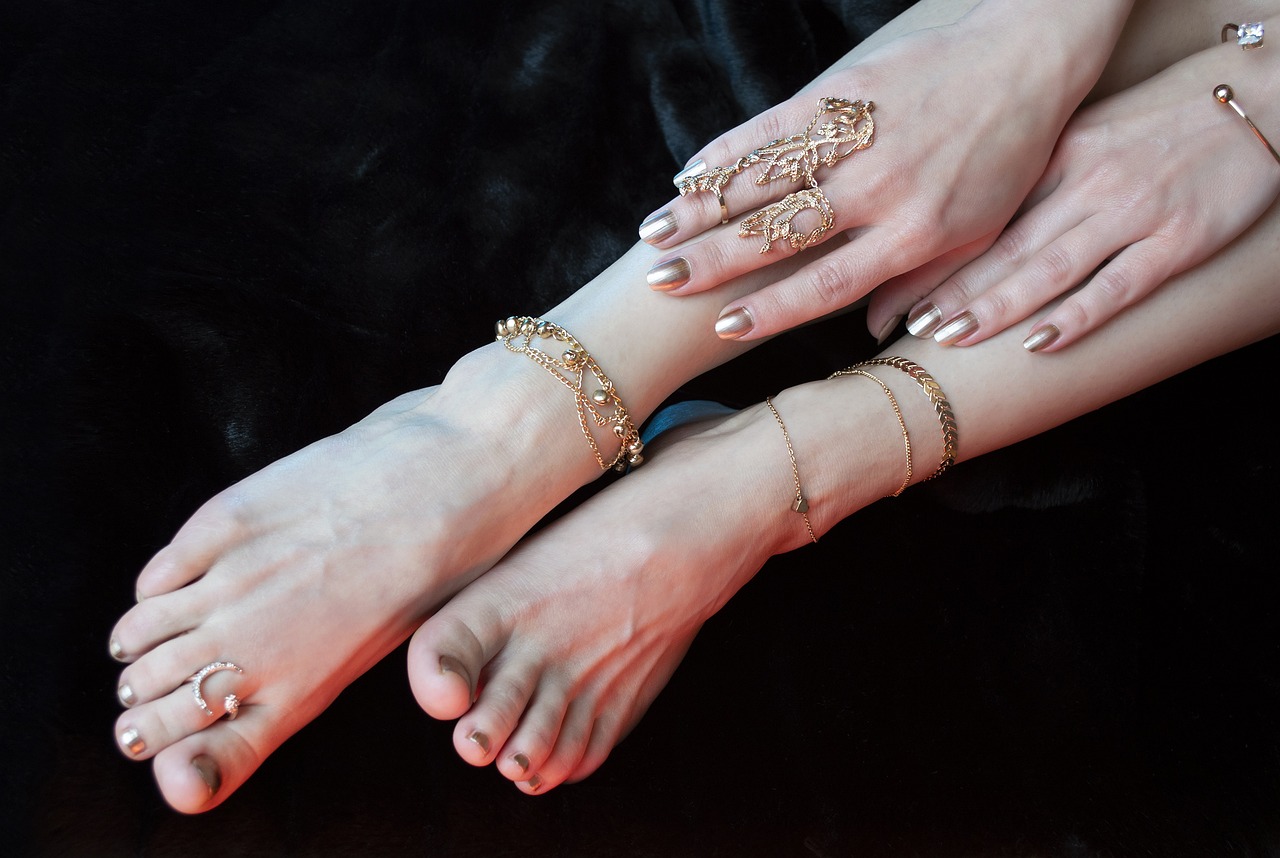Warm on the outside doesn’t always mean healthy underneath.
Winter boots are essential for cold-weather comfort. They keep your feet warm, dry, and protected from the elements — but they can also be a hidden cause of heel dryness, cracking, and irritation. Why? Because most winter boots trap heat, sweat, and friction, creating a challenging environment for your skin.
If your heels tend to feel rough, dry, or sore during the colder months, your boots (and your winter habits) could be part of the problem.
In this guide, we’ll explore how to protect your heels while wearing winter boots — and how to create a cold-weather foot care routine that keeps your skin hydrated, healthy, and pain-free, with help from The Beauty Pure.
Table of Contents
Toggle❄️ Why Winter Boots Can Harm Heel Skin
Even high-quality boots can impact heel health if worn for long periods without proper care. Common issues include:
🔹 1. Lack of Breathability
Winter boots are often made from thick, waterproof materials that:
- Trap heat and moisture
- Prevent skin from “breathing”
- Create a humid environment inside the boot
🔹 2. Heavy Friction
Many boots have:
- Rigid heel backs that rub during walking
- Poor cushioning, leading to pressure on the heel pad
- Tight fits that squeeze and chafe heel edges
🔹 3. Sweat Build-Up in Cold Weather
Cold feet can still sweat, especially if the boots aren’t breathable. Sweat can dry out the skin over time, causing:
- Dehydration
- Peeling
- Cracks that worsen with each step
🧴 How to Protect Your Heels While Wearing Winter Boots
✅ 1. Moisturize Before You Put On Your Boots
Start your day by applying a light, fast-absorbing moisturizer to your heels.
- Non-greasy and quick-drying
- Provides a barrier against sweat and friction
- Keeps skin hydrated throughout the day
✅ 2. Use a Deeper Repair Cream At Night
Winter heels take a beating — restore them while you sleep.
👉 Lapitak Cream for Cracked Heels
- Enriched with urea and panthenol
- Softens dry, thickened skin
- Repairs cracks and locks in moisture
Wear cotton socks overnight to seal in hydration.
✅ 3. Choose the Right Socks
- Use thermal socks made of natural, breathable fibers (e.g., wool or bamboo)
- Avoid synthetic materials that trap sweat and heat
- Change socks mid-day if your feet feel damp
✅ 4. Rotate Your Boots
Give your boots time to dry between wears:
- Alternate between two pairs if possible
- Remove insoles and air them out overnight
- Wipe down interior linings weekly
This reduces bacteria buildup and internal moisture.
✅ 5. Exfoliate Once a Week
Thick skin builds faster in winter due to friction and dryness. Use a pumice stone or soft file once a week (after a warm shower) to remove dead skin — then follow with a deep moisturizer.
✅ 6. Use Odor-Control Spray That Won’t Dry Out Skin
Winter sweat buildup can lead to odor or fungal issues.
👉 Lapitak Foot Odor Preventing Spray
- Antibacterial and gentle
- Keeps skin fresh without alcohol-based drying
- Safe for daily use inside boots or directly on feet
🧊 Winter Boot Foot Care Routine
| Time | Action |
|---|---|
| Morning | Apply Foot Care Cream, wear breathable socks and boots |
| Mid-Day (Optional) | Change socks if sweaty or damp |
| Evening | Wash & dry feet thoroughly, apply Cracked Heel Cream, wear cotton socks |
| Weekly | Exfoliate gently + clean boots inside |
Final Thoughts: Your Heels Need Winter Protection Too
Winter boots may shield your feet from snow and rain — but they also create a closed environment that can dry out and damage heel skin. With a little attention and the right care products, you can enjoy the warmth and keep your heels smooth and healthy all season long.
👉 Visit The Beauty Pure to discover winter-ready foot care solutions that protect your heels from the inside of your boots out.





